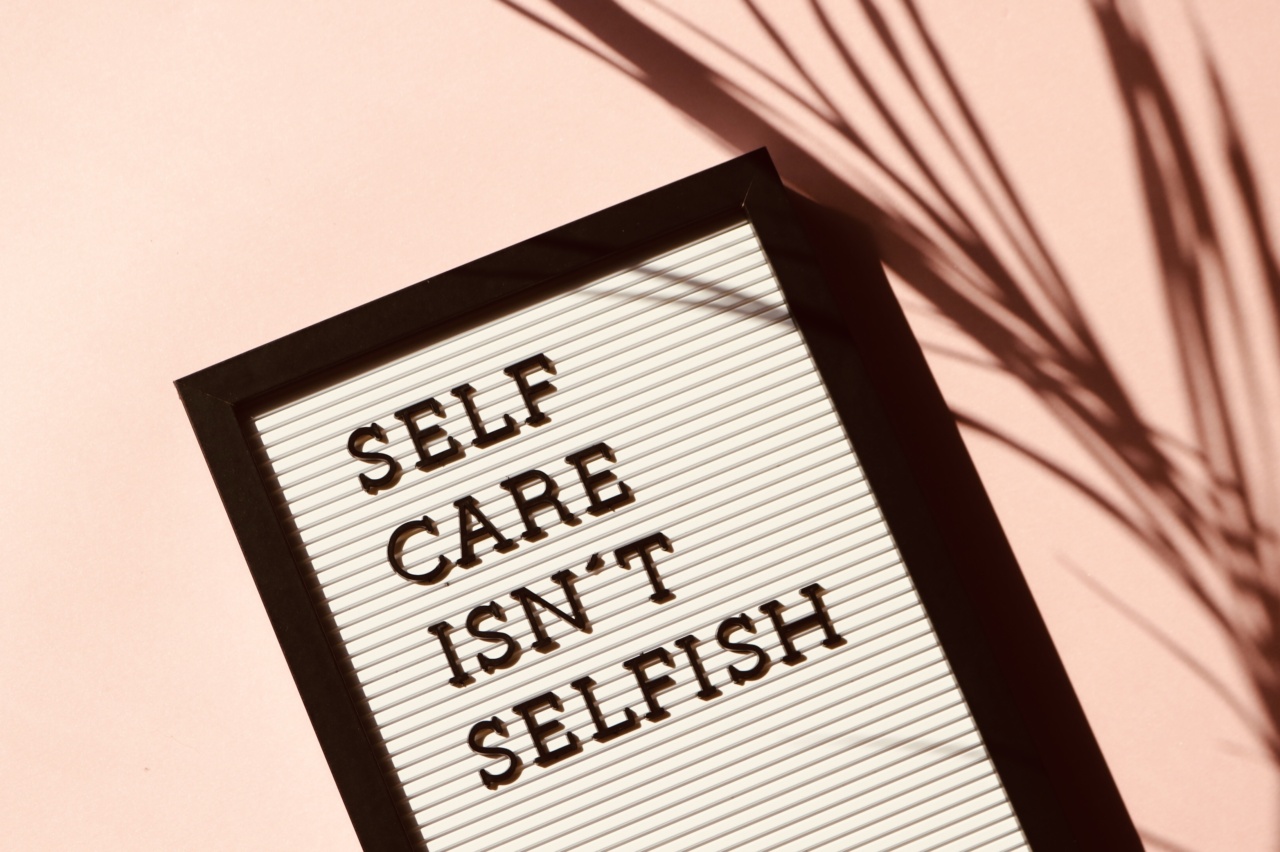At 2:46 pm on March 11, 2011, a magnitude 9.0 earthquake struck the northeast coast of Japan, followed by a devastating tsunami.
The disaster took the lives of over 15,000 people and caused severe damage to the region’s infrastructure, including hospitals and mental health facilities. As a result, many survivors of the disaster have struggled with mental health issues, with rates of depression and anxiety remaining high even a decade later.
The Immediate Aftermath
The immediate aftermath of the earthquake and tsunami saw a surge in demand for mental health services in Japan.
Many survivors experienced feelings of shock, disbelief, and helplessness in the wake of the disaster, with a significant proportion experiencing symptoms of post-traumatic stress disorder (PTSD).
Unfortunately, the region’s mental health infrastructure was not equipped to handle such a sudden and overwhelming demand for services.
Many hospitals and mental health clinics sustained damage in the quake, while others were overwhelmed by the sheer number of patients in need of care.
Long-Term Effects
Despite efforts to provide mental health support in the wake of the disaster, many survivors’ mental health has continued to suffer.
Studies have shown that rates of depression, anxiety, and PTSD remain high among survivors, with some estimates suggesting that up to 25% of those affected continue to experience psychological distress.
The ongoing mental health struggles of tsunami survivors have been attributed to a number of factors. One key issue is the disruption of social networks and social support systems.
Many survivors lost family members, friends, and community members in the disaster, while others were forced to relocate and build new lives in unfamiliar places. This has led to a sense of isolation and dislocation, which can exacerbate feelings of depression and anxiety.
Another challenge facing many survivors has been the loss of livelihoods and economic stability.
The disaster resulted in significant damage to the region’s infrastructure, including transportation and communication networks, which made it difficult for many people to find work or rebuild their businesses. This economic uncertainty has added to already high levels of stress and anxiety for many survivors.
Challenges in Accessing Mental Health Care
Even for those survivors who are aware of the importance of seeking mental health care, accessing those services can be difficult.
The region’s mental health infrastructure is still recovering from the disaster and is often stretched to capacity, with long waiting times for appointments and limited resources for outreach and community education.
Another challenge facing survivors is the persistent stigma around mental health issues in Japan.
Despite efforts to raise awareness and reduce stigma, many people still view mental health concerns as a personal failing, rather than a legitimate health issue. This can make it difficult for survivors to seek care, as they may feel ashamed or embarrassed to admit that they are struggling.
Efforts to Improve Mental Health Support
Despite the challenges facing survivors of the tsunami, there have been efforts to improve mental health support in the region.
Local and national governments have invested in rebuilding mental health infrastructure and recruiting mental health professionals to work in affected areas. There have also been initiatives to raise awareness and reduce stigma around mental health concerns.
One promising initiative has been the use of telemedicine to reach survivors in remote or underserved areas.
Telemedicine involves using technology, such as video conferencing or online chat platforms, to provide mental health services to patients who are unable to travel to in-person appointments. This has been particularly helpful for survivors living in rural or isolated areas, who may not have access to mental health services otherwise.
The Importance of Support and Connection
Ultimately, the key to supporting the mental health of tsunami survivors lies in building and maintaining social networks and relationships.
Studies have shown that survivors who have strong social support networks, whether from friends, family members, or community groups, are better able to cope with the ongoing stress and trauma associated with the disaster.
One such support network is the “Kizuna Across Japan” initiative, which was launched in the aftermath of the disaster.
This program connects disaster survivors with volunteers from across Japan and provides a variety of services, including mental health support, group activities, and community rebuilding projects. The program has been successful in providing much-needed support and connection to survivors, and has helped to reduce feelings of isolation and dislocation.
Conclusion
The earthquake and tsunami that struck Japan in 2011 resulted in significant damage to the region’s physical and mental health infrastructure.
Despite efforts to rebuild and improve mental health support, many survivors continue to struggle with depression, anxiety, and PTSD. The challenges facing survivors include a lack of access to care, persistent stigma around mental health issues, and ongoing economic uncertainty.
While there is still much work to be done to support the mental health of tsunami survivors, the initiatives and programs that have been launched over the past decade provide hope for the future.
By continuing to prioritize mental health care and support, Japan can help to ensure that survivors are able to rebuild their lives and find a sense of peace and connection in the aftermath of the disaster.































